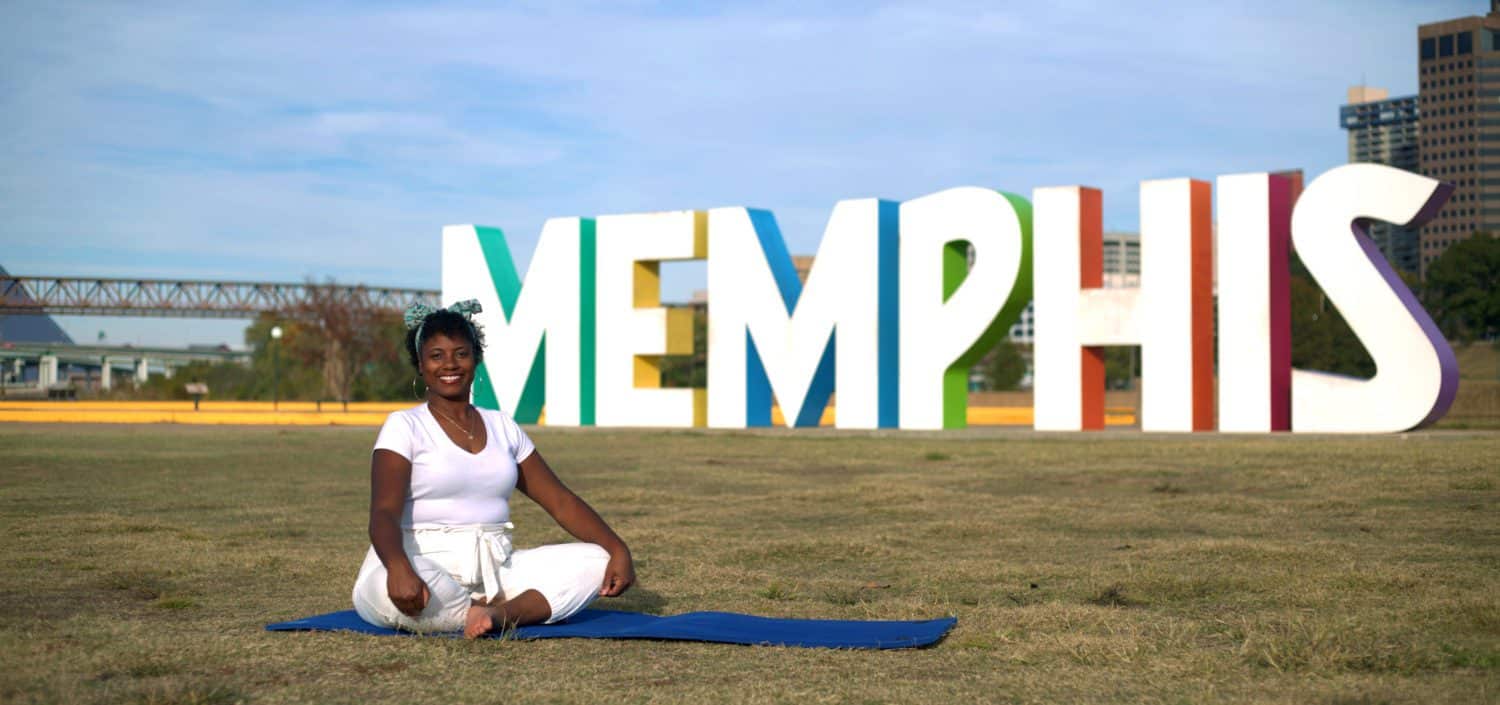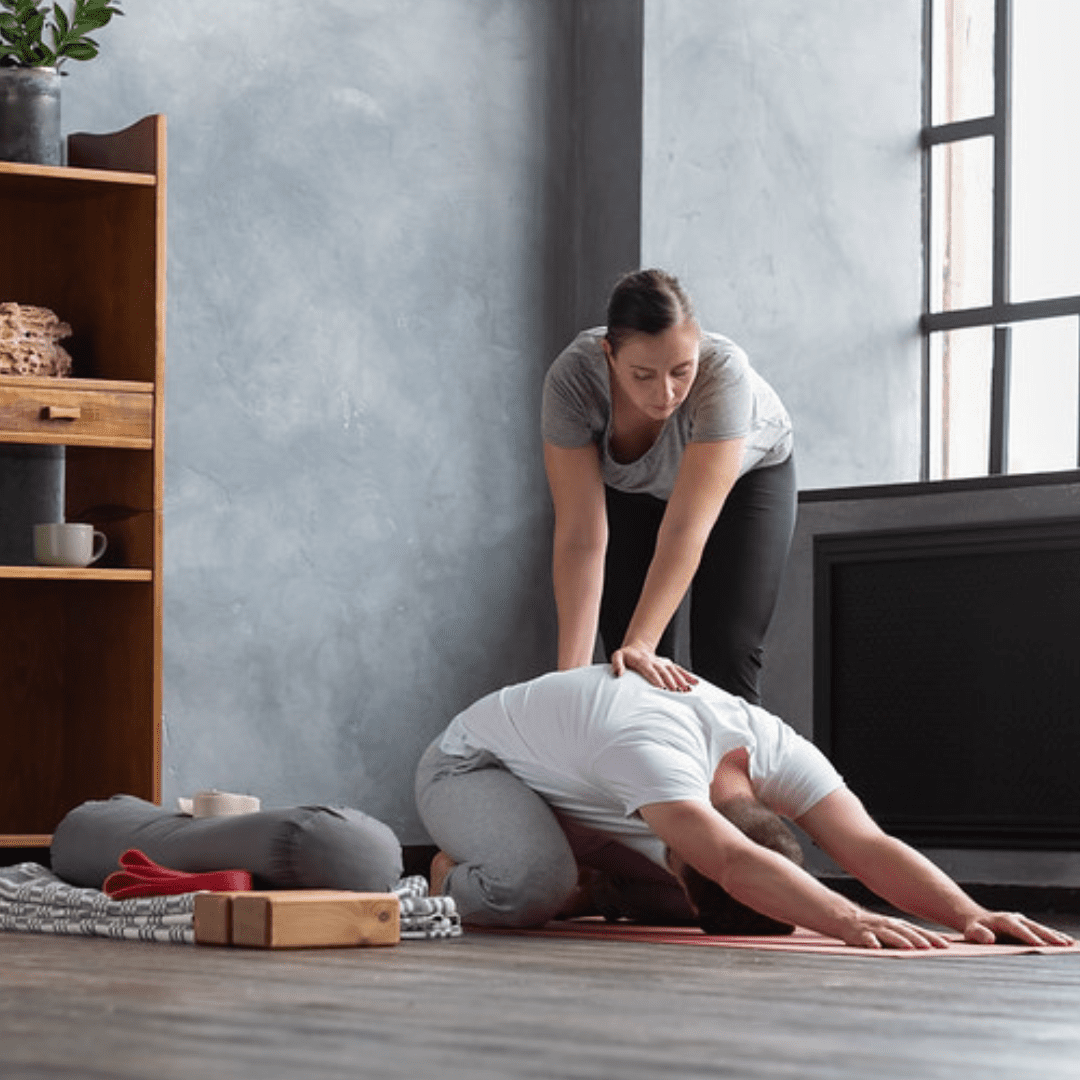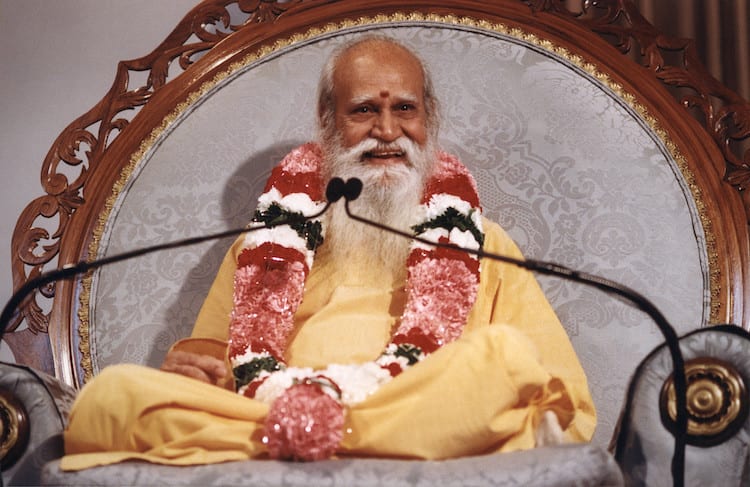There is a significant benefit to understanding our Yoga practice in the context of its original intention—stilling the thought forms in the mind to experience the Spiritual Consciousness that is our essential nature. Otherwise, our approach to practicing Hatha Yoga, in particular, is determined by our unconscious beliefs and habitual thought patterns, which are strongly influenced by the prevailing messages of our culture.
Though we know better, we may find ourselves unconsciously trying to be or look good, comparing ourselves to others or to some image we have, or judging our practice as good or bad by some unintentional standard. Along the same lines, we may think about our practice as something we do just for ourselves, limiting the way it can reveal and inspire our connection to the consciousness we all share. It can become simply another way we try to acquire or achieve happiness.Instead, we can intentionally cultivate and teach approaches to practice that free us from past conditioning. We can experiment with seeing our practice as a means to care for the body and mind so we can serve well, as an honoring of the Spirit within, as a moving prayer, or simply as a way to still the mind.
To really practice being free is a challenging goal and one that is best pursued in a comprehensive way, addressing all the levels of being, the way the Integral Yoga class is designed. We can guide our attention in various ways to cultivate a neutral, non-reactive awareness, an open heart and a sense that this effort is in the service of the Divine.When we repeat such a practice and experience moments free of habitual thought patterns, we begin to see ourselves and our relationship to the world in a fresh way. We begin to feel our connection to each other and all of nature. Over time, a regular practice of this kind will gradually restructure even the subconscious mind so that we are no longer compelled by old beliefs and fears, and approach life with a sense of deep belonging, inner contentment and wonder.
Here are some instructions I have offered to students when I teach, attempting to create this effect. I might use one or two of these as a theme that I weave into the whole class.
- Have acute awareness of the physical level as it is, listening for what the body needs to be balanced and easeful, instead of imposing on it some idea of how it should be.
- Cultivate a subtler energetic awareness by visualizing the breath moving throughout the body and/or visualizing lines of energy that support movement without the use of muscular effort. Keep the breath smooth and steady and see what feels free and soft even as effort is made.
- Feel a sense of utter contentment with the body and the present just as it is, free of any need to prove anything to anyone.
- Practice as a worship of the Divine by allowing all movements to be guided by that Inner Intelligence and by the qualities you associate with the Spiritual Self. Feel yourself moved by compassion, peace, joy or by a sense of oneness with the world around you.
- Pause to witness the thoughts that arise in the mind as you practice—measuring, judging, comparing, and/ or commenting—then separate yourself from all of that activity and be that simple state of awareness.
- Affirm to yourself that you have done all that you need to do in this lifetime–even that you are ahead of schedule. Now you can let go of needing to accomplish anything at all and just enjoy doing what feels good.
- Make your practice an offering, dedicating it to someone you care about or someone needing healing. Feel that the energy you generate by your practice is being sent out to and received by them.
- Generate Peace in your heart and send it out to those around you or out into the world.
- Think of all those who love you, wish the best for you and pray for you to be free—receive that support into your heart.
- Think of all the Yoga masters and saints that dedicated their lives to bring you spiritual teachings and receive with gratitude the Grace of those beings that is flowing to you.
Any one or a combination of these ideas can be used during a practice to disengage from the normal goal oriented attitudes that are so common in our culture and unconsciously impel our actions. I encourage students to see what speaks to them most effectively and make a conscious choice to cultivate it in class and in their home practice. Feel free to modify and or use any of these ideas yourself.



